The world of meteorites has long fascinated scientists and collectors alike, but few areas of study are as visually striking as the art and science of meteorite inlays. These intricate designs, which embed fragments of extraterrestrial rock into everything from jewelry to furniture, bridge the gap between cosmic wonder and human craftsmanship. The process is as delicate as it is demanding, requiring not only an understanding of metallurgy and lapidary techniques but also a deep appreciation for the unique properties of meteoritic material.
Meteorite inlays are more than just decorative elements—they are tangible connections to the cosmos. Each fragment tells a story billions of years in the making, carrying with it the elemental composition of distant asteroids or even planetary cores. The iron-nickel alloys found in many meteorites, particularly octahedrites, possess a distinctive crystalline structure known as Widmanstätten patterns when etched with acid. These natural geometric formations make meteorite slices highly sought after for inlay work, as no two pieces are ever identical.
The process of creating meteorite inlays begins with careful selection and preparation of the space material. Not all meteorites are suitable for inlay purposes. While iron meteorites are most commonly used due to their durability and striking patterns, some stone meteorites with chondrules or carbonaceous chondrites with unique inclusions can also be employed for specialized projects. The meteorite must first be stabilized, often through resin impregnation or other preservation techniques, to prevent further oxidation or degradation that could compromise the final product.
Artisans working with meteorite material face unique challenges that don't exist with terrestrial metals and stones. The high nickel content in many meteorites makes them more difficult to work with than conventional metals, requiring specialized tools and techniques. Cutting and polishing must be done with extreme care to preserve the natural structure of the material while creating smooth surfaces suitable for inlay work. Many craftsmen use diamond-coated tools and slow, methodical processes to avoid overheating the meteorite, which could alter its crystalline structure or cause fracturing.
One of the most remarkable applications of meteorite inlay appears in high-end watchmaking. Luxury timepiece manufacturers have embraced meteorite dials as the ultimate expression of exclusivity and connection to the cosmos. The process of creating these watch faces involves slicing meteorites into paper-thin sections, sometimes as little as 0.5mm thick, which are then carefully fitted into the watch's face. The result is a functional work of art that literally contains pieces of the universe, with each watch face displaying unique patterns that can never be replicated.
The jewelry industry has also embraced meteorite inlays with enthusiasm. From wedding bands with meteorite accents to pendants featuring slices of the Gibeon meteorite, these pieces carry profound symbolic meaning for wearers. Unlike traditional gemstones or precious metals, meteorite jewelry represents not just earthly value but a connection to the infinite. The metal used in these pieces often comes from meteorites that fell to Earth thousands or even millions of years ago, making them among the oldest materials humans can wear.
Beyond personal adornment, meteorite inlays have found their way into architectural elements and high-end furnishings. Some luxury designers incorporate meteorite slices into conference tables, wall panels, and even flooring for clients seeking truly unique spaces. These applications often use larger sections of meteorites than jewelry or watchmaking, sometimes preserving entire slices with their complete Widmanstätten patterns visible. The effect creates striking focal points that serve as conversation starters while maintaining the material's cosmic origins.
Ethical considerations play an important role in the meteorite inlay industry. With increasing demand for space materials, concerns about sustainable sourcing and preservation of meteorites have come to the forefront. Reputable suppliers can trace their meteorites to documented falls or legitimate collection sites, often providing certification of authenticity. Many artisans in the field advocate for responsible use of meteoritic material, emphasizing quality over quantity and ensuring that each piece honors the extraordinary nature of its extraterrestrial origin.
The future of meteorite inlays looks bright as technology advances and new techniques emerge. Researchers are developing improved stabilization methods that could make more types of meteorites suitable for inlay work. At the same time, growing interest in space exploration and commercial spaceflight has increased public fascination with all things cosmic, driving demand for authentic pieces of the universe. What began as a niche craft has blossomed into a respected art form that transforms celestial wanderers into earthly treasures.
For collectors and enthusiasts, meteorite inlays represent the perfect marriage of science and art. Each piece serves as a reminder that the materials we consider precious on Earth are but a small fraction of what the universe has to offer. As we continue to look to the stars with wonder, these embedded fragments of other worlds keep the cosmos within reach—literally at our fingertips, on our wrists, and in our homes.

By Grace Cox/Apr 27, 2025

By Noah Bell/Apr 27, 2025

By James Moore/Apr 27, 2025

By James Moore/Apr 27, 2025

By Thomas Roberts/Apr 27, 2025
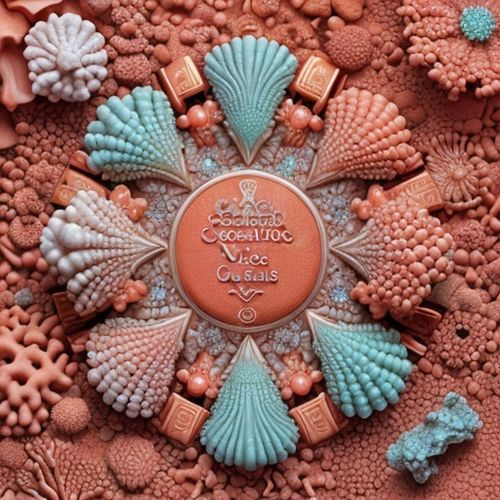
By Grace Cox/Apr 27, 2025
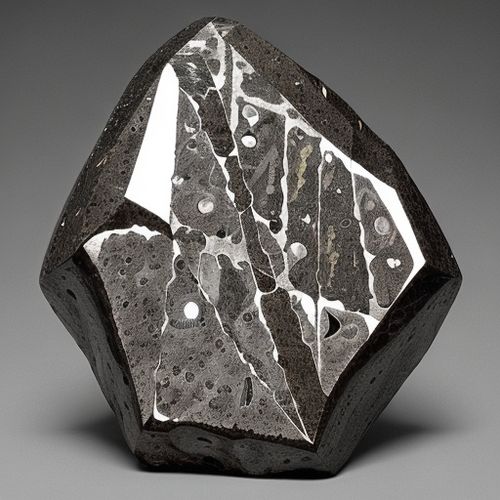
By Joshua Howard/Apr 27, 2025

By George Bailey/Apr 27, 2025

By Olivia Reed/Apr 27, 2025

By Sarah Davis/Apr 27, 2025

By Olivia Reed/Apr 27, 2025

By Elizabeth Taylor/Apr 27, 2025
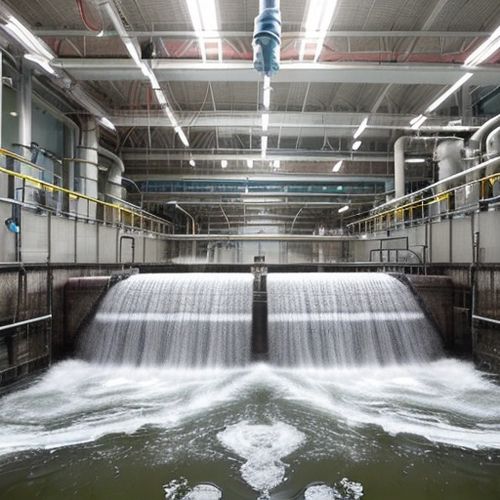
By Joshua Howard/Apr 27, 2025

By Victoria Gonzalez/Apr 27, 2025
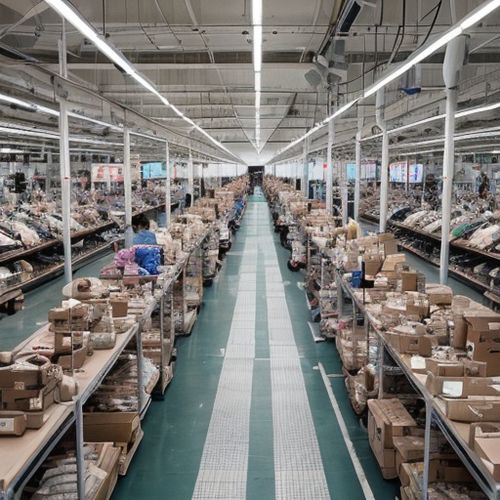
By Michael Brown/Apr 27, 2025

By Olivia Reed/Apr 27, 2025

By Grace Cox/Apr 27, 2025
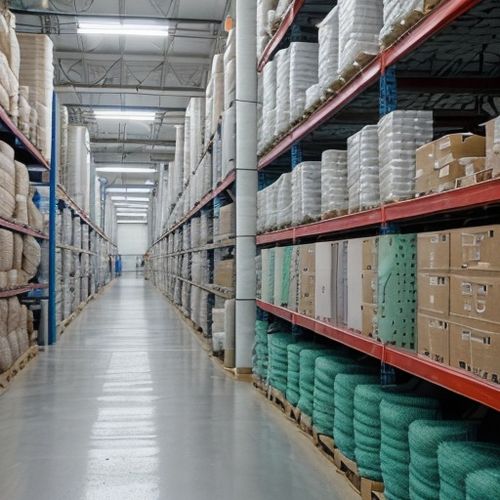
By Amanda Phillips/Apr 27, 2025

By Lily Simpson/Apr 27, 2025
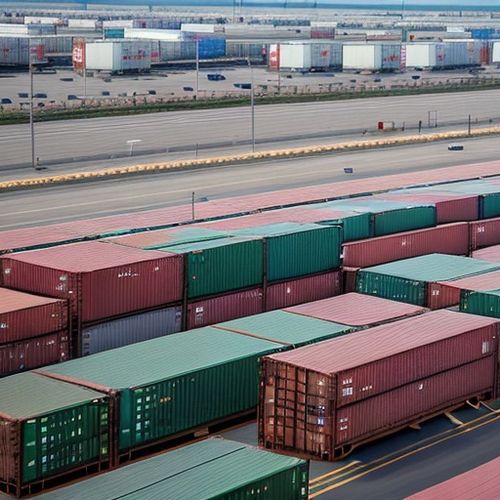
By Elizabeth Taylor/Apr 27, 2025